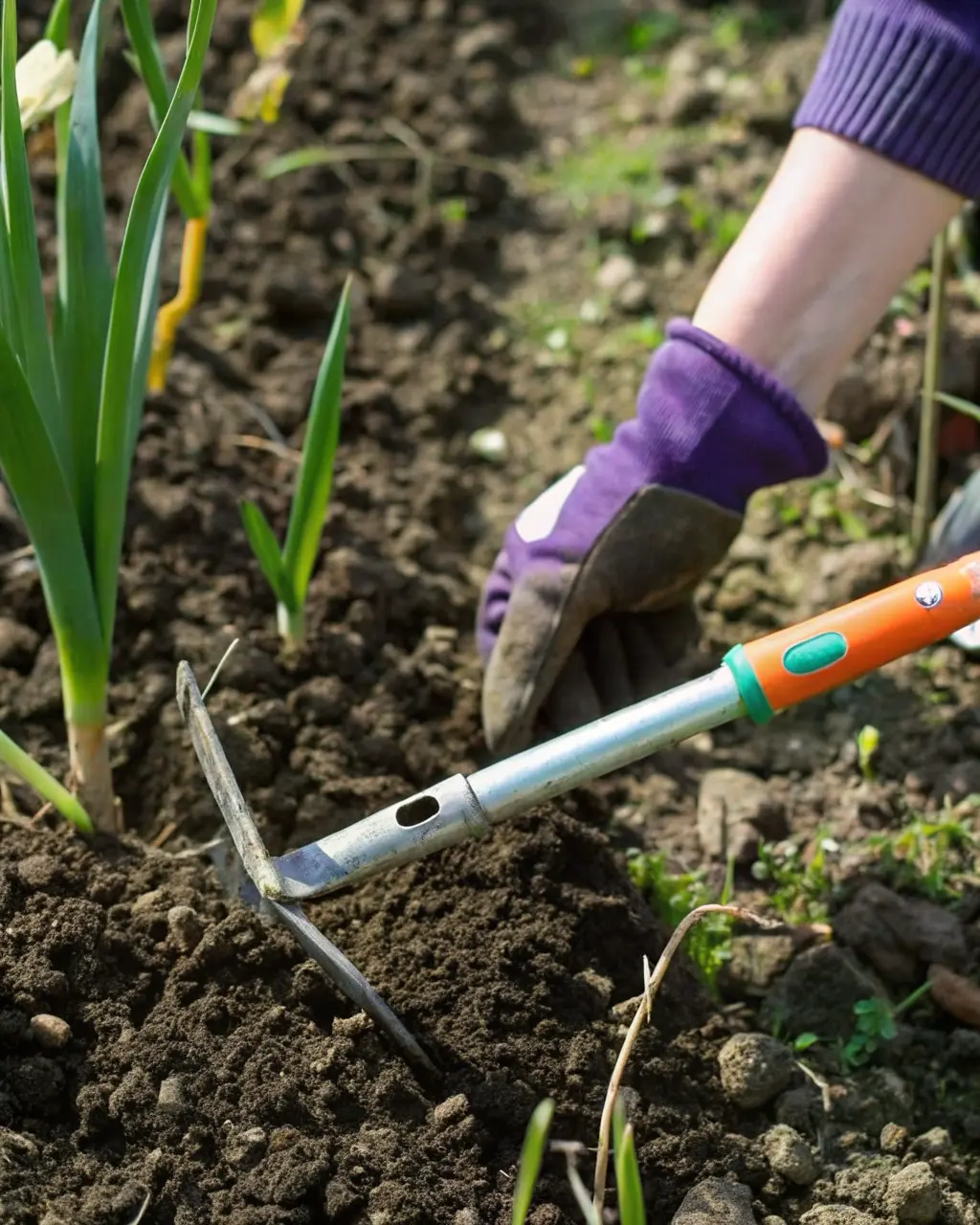Evergreen flowering shrubs represent the holy grail of landscape design, combining the structural benefits of year-round foliage with the seasonal beauty of flowering displays. These remarkable plants provide winter blooming plants that brighten the coldest months while maintaining their leaves throughout the year, creating landscapes with true four-season interest. Understanding how to select and incorporate these low-maintenance shrubs transforms ordinary gardens into extraordinary displays that never lose their appeal.
Table of Contents
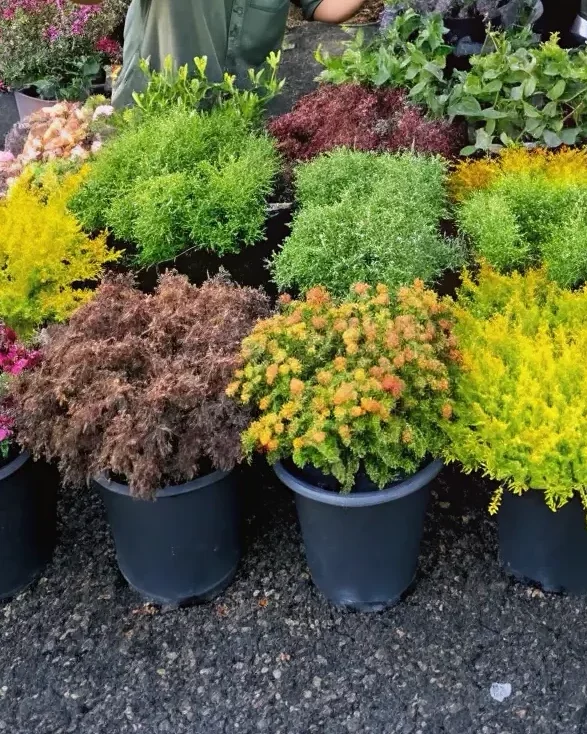
The Magic of Evergreen Flowering Shrubs
The combination of persistent foliage and seasonal flowers makes evergreen flowering shrubs invaluable for creating year-round color in landscaping. These plants serve as anchor points in garden design, providing consistent structure while offering the bonus of spectacular flowering displays that can occur in any season, including winter when most other plants are dormant.
Modern breeding programs have expanded the selection of evergreen flowering shrubs significantly, offering gardeners unprecedented choices in size, flower color, and blooming season. This diversity allows for creative design approaches that maximize both aesthetic appeal and practical functionality in residential and commercial landscapes.
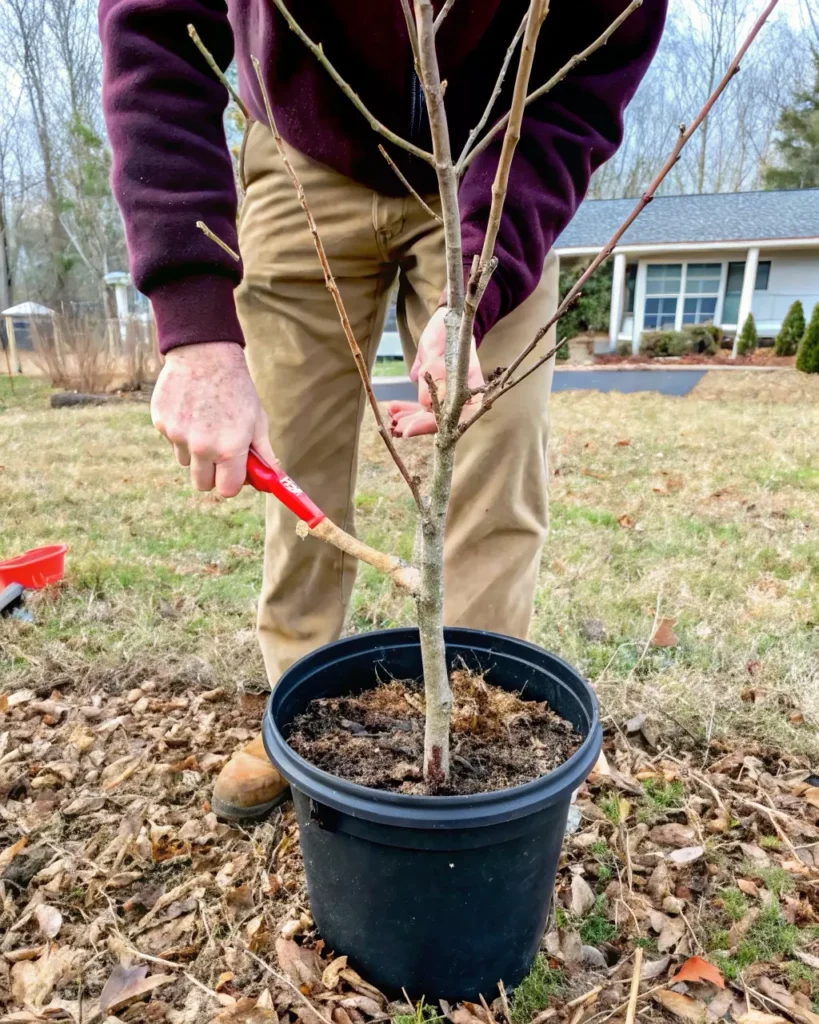
What Makes a Shrub Evergreen and Flowering
Understanding the biological characteristics that allow shrubs to maintain foliage year-round while producing flowers helps gardeners make informed selection and care decisions. Evergreen shrubs have evolved specialized leaf structures that resist cold damage and continue photosynthesis throughout winter months. These adaptations often include waxy leaf coatings, smaller leaf sizes, or needle-like structures that reduce water loss and cold injury.
The flowering capabilities of evergreen shrubs vary significantly based on their evolutionary origins and breeding. Some species naturally flower during winter months in their native habitats, while others have been selected for extended blooming periods that can span multiple seasons. This diversity allows gardeners to create continuous flowering displays throughout the year.
Climate adaptation plays a crucial role in evergreen flowering shrub performance. Plants that evolved in Mediterranean climates often flower during winter months when temperatures are mild and moisture is adequate. Understanding these natural patterns helps gardeners select appropriate species for their specific climate conditions.
Many evergreen flowering shrubs produce flowers on previous year’s growth, making pruning timing crucial for maintaining flowering displays. This characteristic requires gardeners to understand flowering patterns and adjust maintenance practices accordingly to ensure consistent blooming.
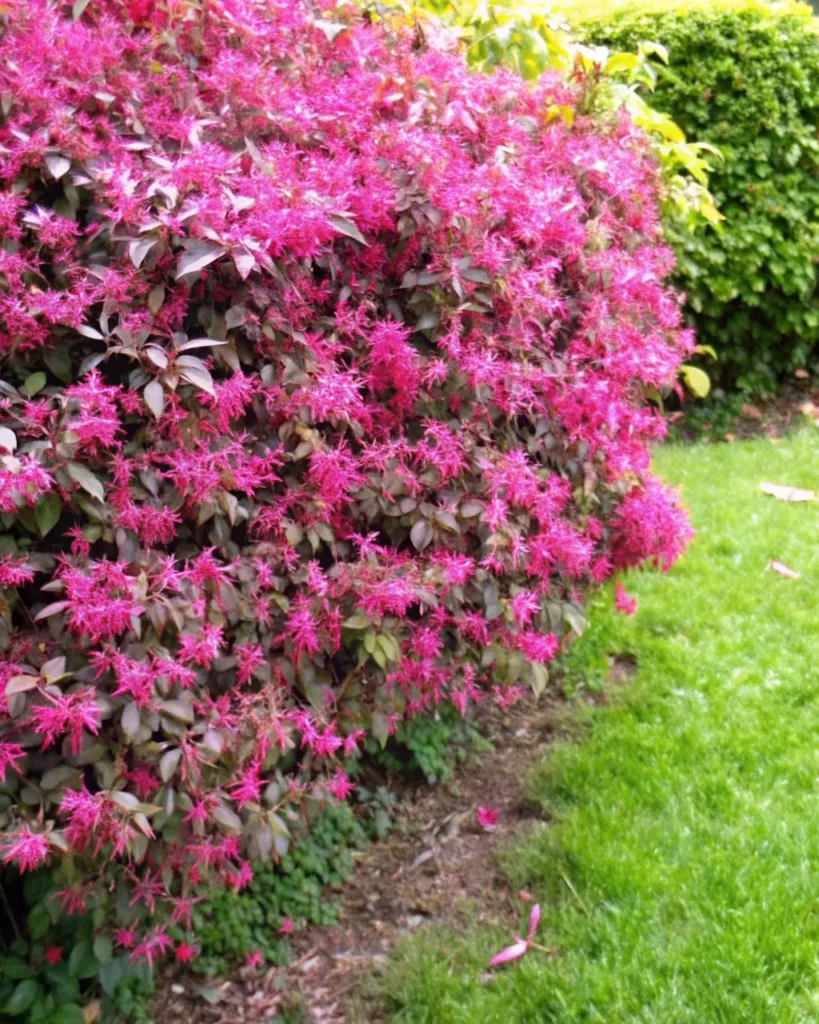
Shrubs for year-round color in landscaping
Camellia (Camellia japonica and C. sasanqua) stands as the premier evergreen flowering shrub for winter interest. These elegant shrubs produce spectacular flowers in shades of white, pink, red, and yellow from fall through early spring, with peak blooming during the coldest months. The glossy, dark green foliage provides attractive background year-round, while the formal flower structure adds elegance to any landscape. Sasanqua camellias bloom earlier and are more cold-hardy than japonicas, making them suitable for a wider range of climates.
Daphne (Daphne species) offers intensely fragrant flowers on compact evergreen shrubs. These plants produce clusters of small, tubular flowers in white, pink, or purple that fill the air with sweet perfume. Daphne odora blooms in late winter and early spring, providing crucial early-season color and fragrance. The plant’s compact size makes it ideal for foundation plantings or small gardens where space is limited. Daphnes prefer well-drained soil and partial shade in hot climates.
Pieris (Pieris japonica) creates stunning spring displays with clusters of bell-shaped flowers in white, pink, or red. The new foliage emerges in bronze or red tones, providing additional color interest beyond the flowering period. Pieris prefers acidic soil and partial shade, making it excellent for woodland gardens or areas with rhododendrons and azaleas. The plant’s neat, rounded habit and attractive foliage make it valuable for foundation plantings or mixed borders.
Mahonia (Mahonia species) produces bright yellow flower clusters that bloom from late fall through early spring, followed by blue-black berries that attract birds. The holly-like foliage provides architectural interest year-round, while the fragrant flowers add seasonal appeal. Mahonia aquifolium (Oregon grape) and M. x media cultivars offer different sizes and flowering times. These shrubs tolerate shade and drought conditions once established, making them versatile for various landscape situations.
Mountain Laurel (Kalmia latifolia) creates spectacular late spring displays with clusters of cup-shaped flowers in white, pink, or red. The evergreen foliage provides year-round structure, while the unique flower clusters add distinctive seasonal interest. Mountain laurel prefers acidic soil and partial shade, making it excellent for woodland gardens. The plant’s slow growth and neat habit make it suitable for foundation plantings or mixed borders.
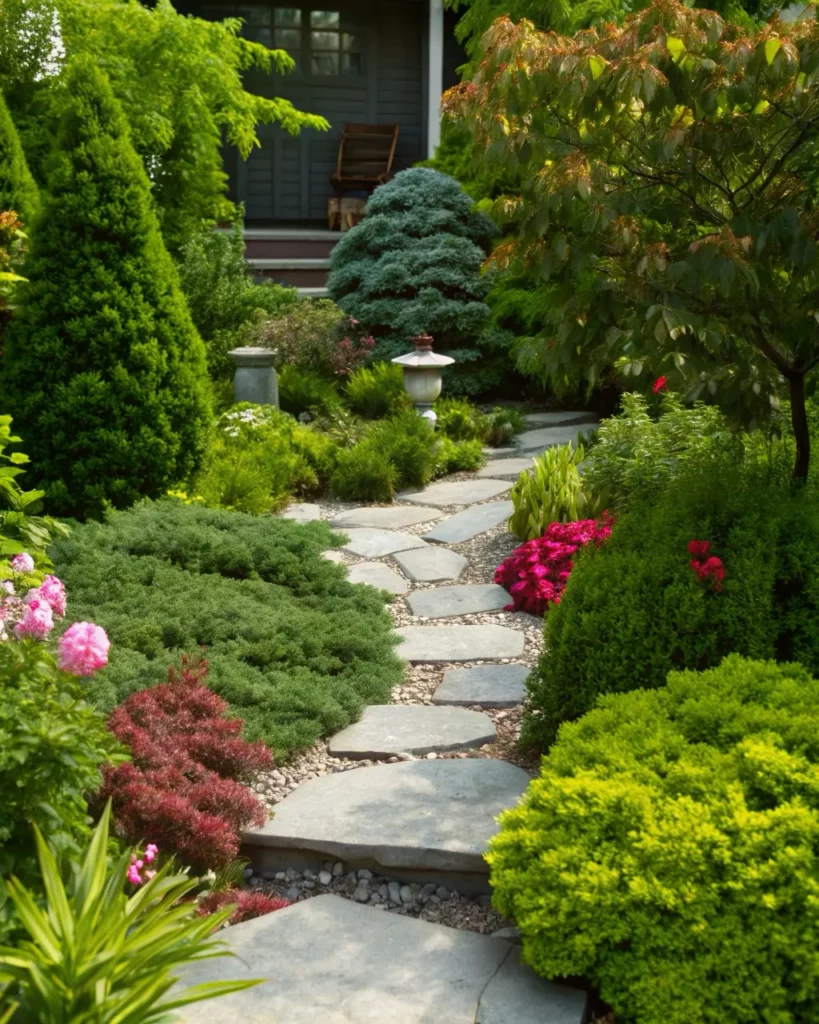
Best Placement in Landscape Design
Strategic placement of evergreen flowering shrubs maximizes their impact while ensuring optimal growing conditions. These plants work best as focal points in garden design, where their year-round presence and seasonal flowering displays can be fully appreciated. Foundation plantings benefit significantly from evergreen flowering shrubs, as they provide consistent structure while adding seasonal color near building entrances.
Mixed borders gain substantial value from evergreen flowering shrubs used as anchor plants. These shrubs provide permanent structure around which other plants can be arranged, creating cohesive designs that maintain interest throughout the year. Their evergreen foliage serves as backdrop for seasonal perennials and annuals.
Woodland gardens offer ideal conditions for many evergreen flowering shrubs, particularly those that prefer partial shade and acidic soil. These shrubs can be naturalized in woodland settings to create informal, naturalistic displays that blend seamlessly with existing vegetation.
Container growing extends the versatility of evergreen flowering shrubs, allowing them to be used on patios, decks, and in areas where soil conditions are unsuitable. This approach also enables gardeners in colder climates to grow marginally hardy species by providing winter protection.
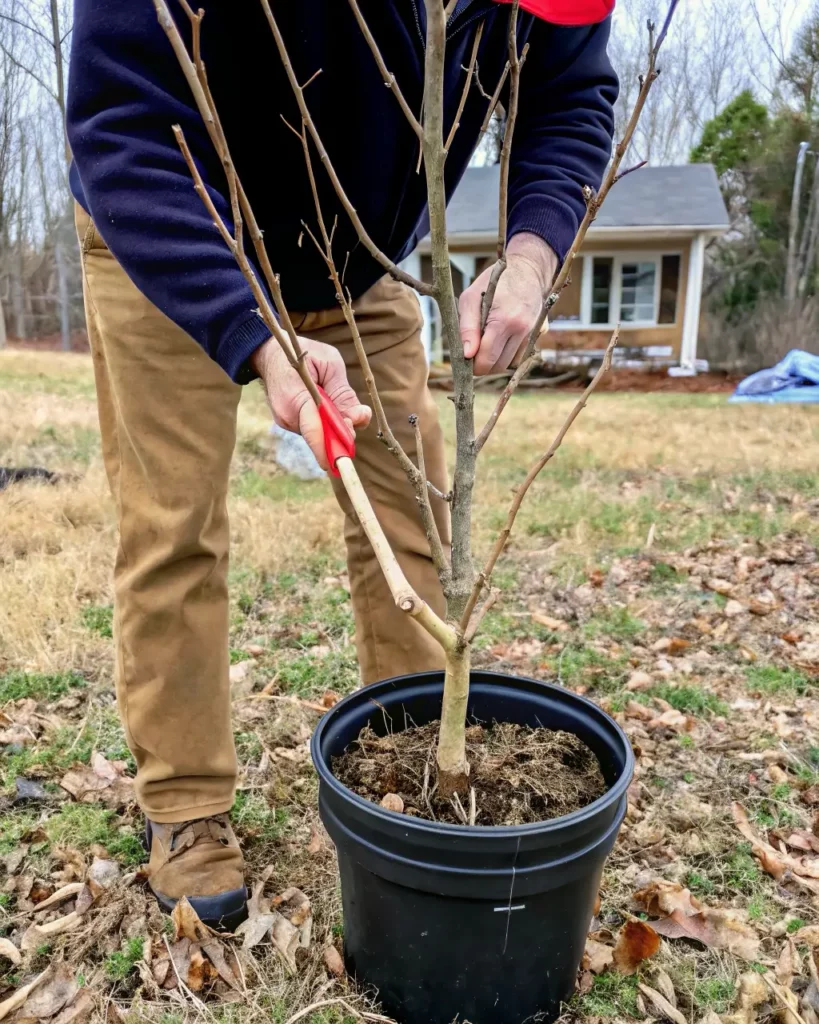
Soil, Light, and Pruning Requirements
Soil preparation for evergreen flowering shrubs requires understanding their specific needs, which often differ from typical landscape plants. Many species prefer well-drained, slightly acidic soil that mimics their natural forest habitats. Improving drainage is often more important than improving fertility, as these plants can suffer from root rot in waterlogged conditions.
Light requirements vary significantly among evergreen flowering shrubs. While some species tolerate full sun, many prefer partial shade, especially in hot climates. Understanding each species’ light preferences ensures optimal flowering and foliage quality.
Pruning timing is crucial for maintaining flowering displays on evergreen flowering shrubs. Most species should be pruned immediately after flowering to avoid removing next year’s flower buds. This timing allows plants to produce new growth and set flower buds for the following season.
Fertilization needs for evergreen flowering shrubs are typically minimal once plants are established. Many species actually perform better with minimal fertilization, as excessive nutrients can promote vegetative growth at the expense of flowering. Organic mulches that break down slowly often provide adequate nutrition.
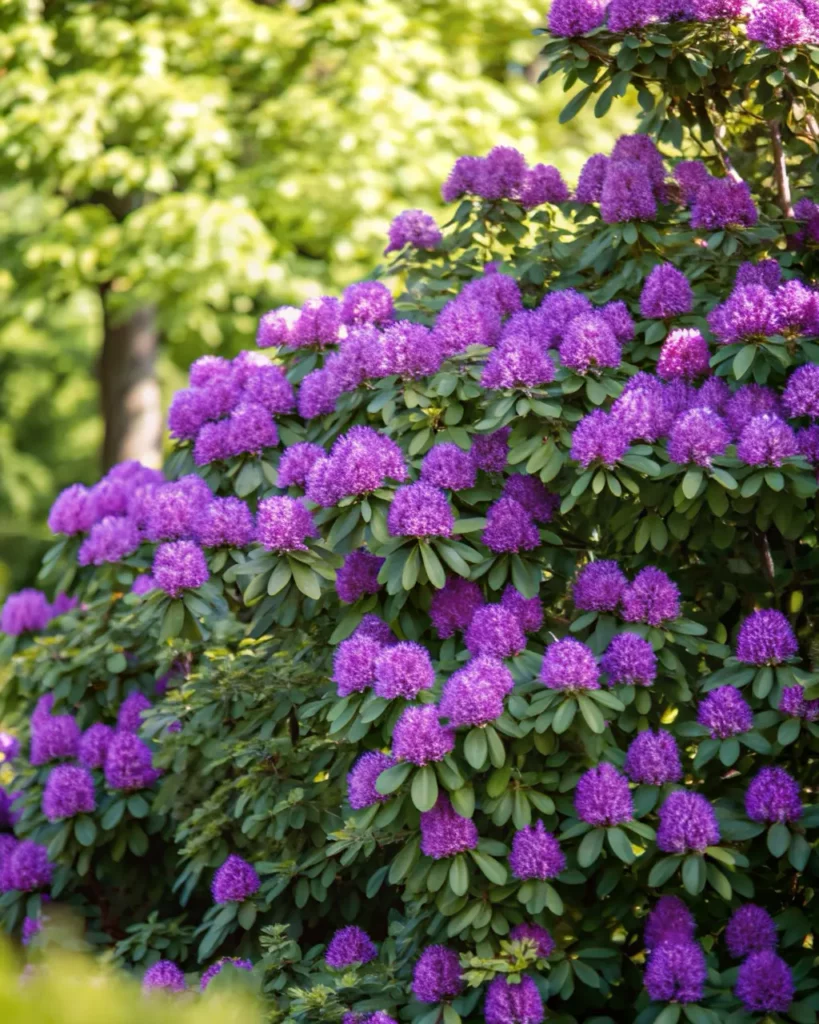
Companion Plant Ideas for Evergreen Flowering Shrubs
Creating successful plant combinations with evergreen flowering shrubs requires understanding their growing requirements and seasonal characteristics. Shade-tolerant perennials like hostas, ferns, and astilbe work well beneath taller evergreen flowering shrubs, creating layered plantings that provide multiple seasons of interest.
Bulbs offer excellent companion planting opportunities, as they can be planted beneath evergreen flowering shrubs to provide additional seasonal color. Spring bulbs like daffodils and crocuses extend the flowering season, while fall-blooming bulbs like autumn crocus provide late-season interest.
Ornamental grasses add textural contrast to evergreen flowering shrubs while providing movement and winter interest. The fine texture of grasses complements the bold foliage of many evergreen shrubs, creating visually appealing combinations.
Deciduous shrubs with fall color or interesting bark can be combined with evergreen flowering shrubs to create mixed borders with extended seasonal interest. This approach provides the best of both worlds: consistent evergreen structure and seasonal deciduous appeal.
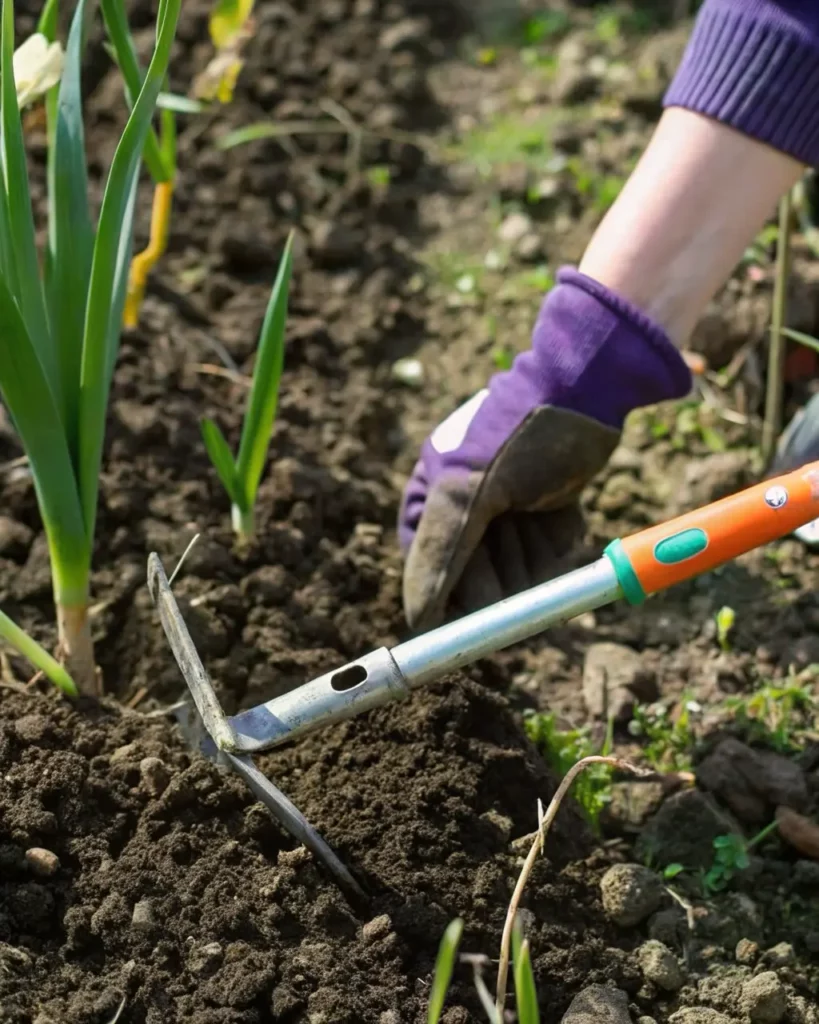
Seasonal Care and low-maintenance shrubs
Spring maintenance focuses on assessing winter damage and providing appropriate fertilization if needed. This is also the ideal time for transplanting or installing new evergreen flowering shrubs, as spring conditions support establishment before summer heat arrives.
Summer care emphasizes consistent watering for newly planted shrubs and monitoring for pest issues. Established evergreen flowering shrubs typically require minimal summer care, but mulching helps conserve moisture and moderate soil temperatures.
Fall preparation includes refreshing mulch layers and providing winter protection for marginally hardy species. This is also an excellent time to evaluate placement and plan for any necessary relocations or additions.
Winter care varies by species and climate, but generally involves protecting plants from harsh winds and heavy snow loads. Monitoring plants during winter months helps identify any issues that need attention come spring.
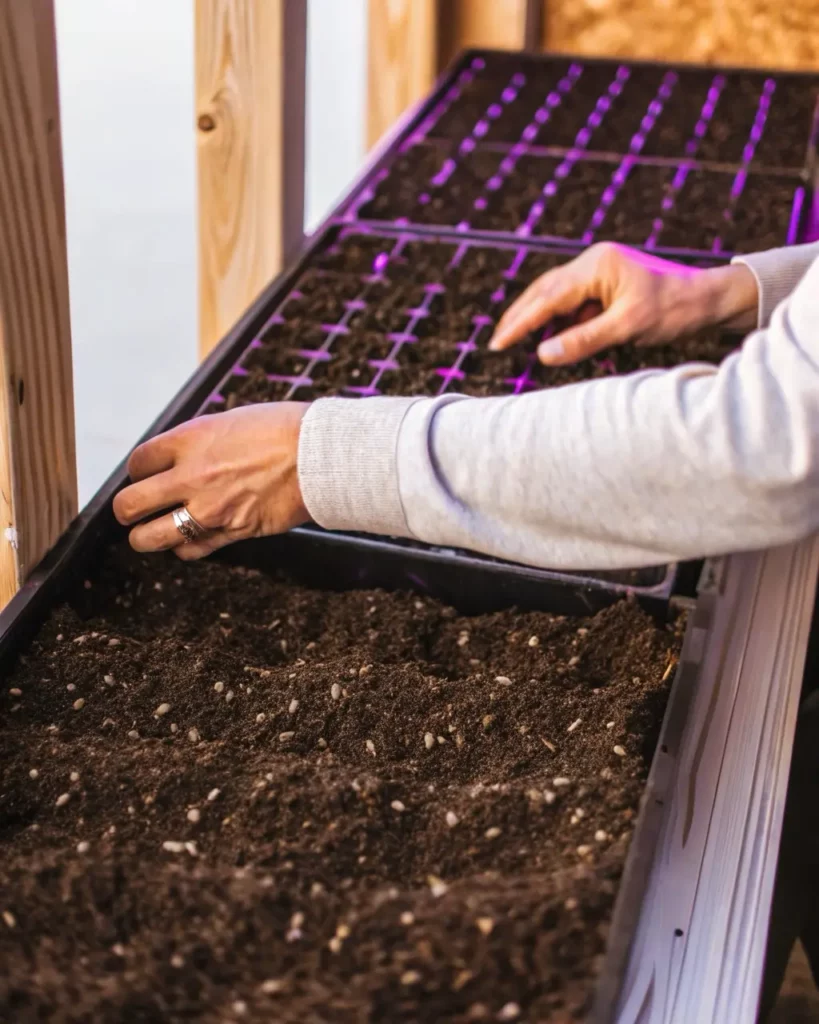
Troubleshooting Common Issues
Evergreen flowering shrubs can experience specific problems that require understanding their unique characteristics. Poor flowering often results from improper pruning timing, inadequate light, or stress from environmental factors. Identifying the specific cause helps determine appropriate corrective measures.
Foliage problems in evergreen flowering shrubs may indicate soil issues, particularly drainage problems or pH imbalances. Addressing these fundamental growing conditions often resolves foliage issues more effectively than treating symptoms.
Pest and disease issues require species-specific knowledge, as different evergreen flowering shrubs are susceptible to different problems. Understanding common issues for each species helps with prevention and early intervention.
Creating Year-Round Garden Magic
Evergreen flowering shrubs offer unmatched value in landscape design, providing the rare combination of year-round structure and seasonal flowering beauty. These remarkable plants create landscapes that never lose their appeal, offering something special in every season while requiring relatively low maintenance once established.
The key to success with evergreen flowering shrubs lies in understanding their specific needs and working with their natural characteristics. By selecting appropriate species for your climate and site conditions, you can create gardens that provide true four-season interest and beauty that lasts throughout the year.

